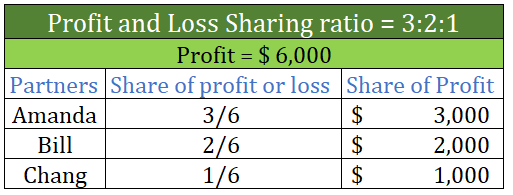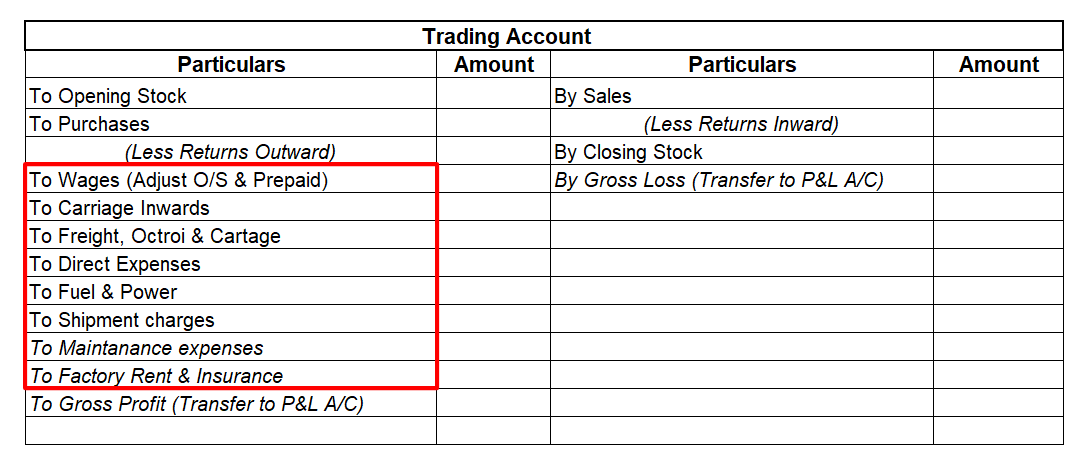The correct option is (A) Original. Journal entry is the book of the original entry. It is because every event or transaction which is of monetary nature is first recorded in the journal. The transactions recorded in the journal are known as journal entries. Journal follows the double-entry system oRead more
The correct option is (A) Original. Journal entry is the book of the original entry. It is because every event or transaction which is of monetary nature is first recorded in the journal. The transactions recorded in the journal are known as journal entries.
Journal follows the double-entry system of accounting. It means a journal entry affects at least two accounts. It is from the journal entries, the ledger accounts are prepared. For example, the transaction, ‘sale of goods for Rs 1000 for cash’ affects two accounts. The journal entry is:

There are many special journals that record some special set of transactions which are called subsidiary journals or daybooks. Such special journals are not considered the books of original entry.
Option (B) Duplicate is wrong. It is because the journal is the book where monetary events and transactions are recorded. It cannot be the book of duplicate entries. There is no such thing as ‘book of duplicate entry.’
Option (C) Personal is wrong. Personal is a type of account under the golden rules of accounting. A personal account is a type of account that represents a person. But, the journal is not an account, it is a book. Also, there is no such thing as book of personal entry.
Option (D) Nominal is wrong. Nominal is also a type of account under the golden rules of accounting. The nominal account is a type of account that represents an income, expense, gain or loss. Journal is a type of account but a book.
See less




IND AS 102: ‘Share-based payments’ in its actual text is considerably lengthy and very detailed. The objective of my answer is to provide a basic understanding of what IND AS 102 is all about. Further reading of the actual text is suggested for a more detailed understanding. IND AS 102 is the IndiaRead more
IND AS 102: ‘Share-based payments’ in its actual text is considerably lengthy and very detailed.
The objective of my answer is to provide a basic understanding of what IND AS 102 is all about. Further reading of the actual text is suggested for a more detailed understanding.
IND AS 102 is the India specific version of IFRS 2 which deals with the accounting of Share-based payments. IND AS 102 and IFRS are almost similar.
It deals with the financial reporting of the share-based payment transactions entered into by an enterprise in the following cases:
Share-based payments are of three types:
Example: A business acquires an asset for Rs. 1,00,000 and makes payment by the issue of its equity shares.
Example: A business acquires an asset for Rs. 1,00,000 and makes payment in amounts of case based upon its share price.
Things that are not under the scope of IND AS-102
Recognition
In a share-based transaction,
Measurement
The amount at a share-based transaction is to be recorded depending upon the type of counterparty:
I hope this is enough for a basic understanding of the IND AS 102.
See less